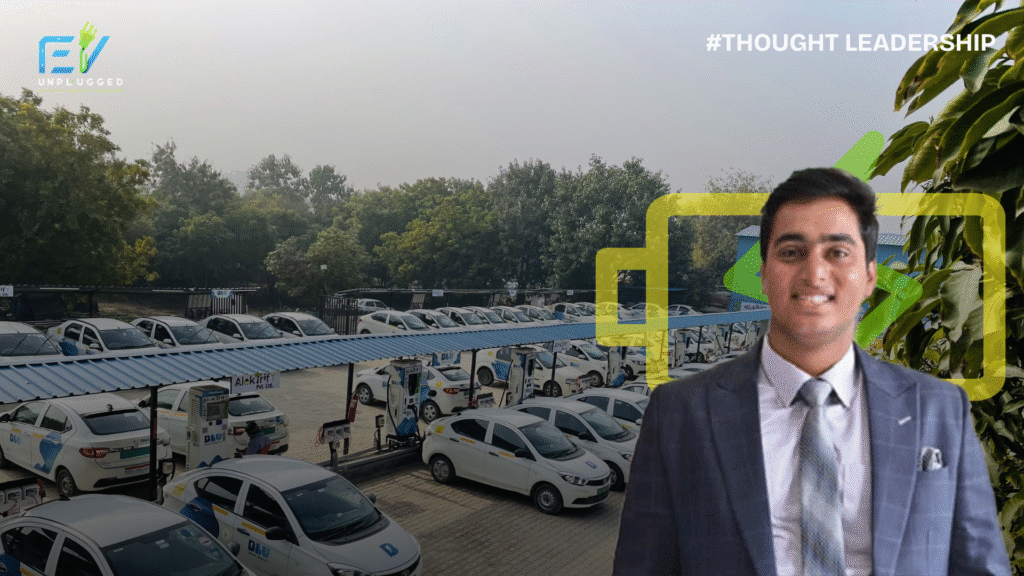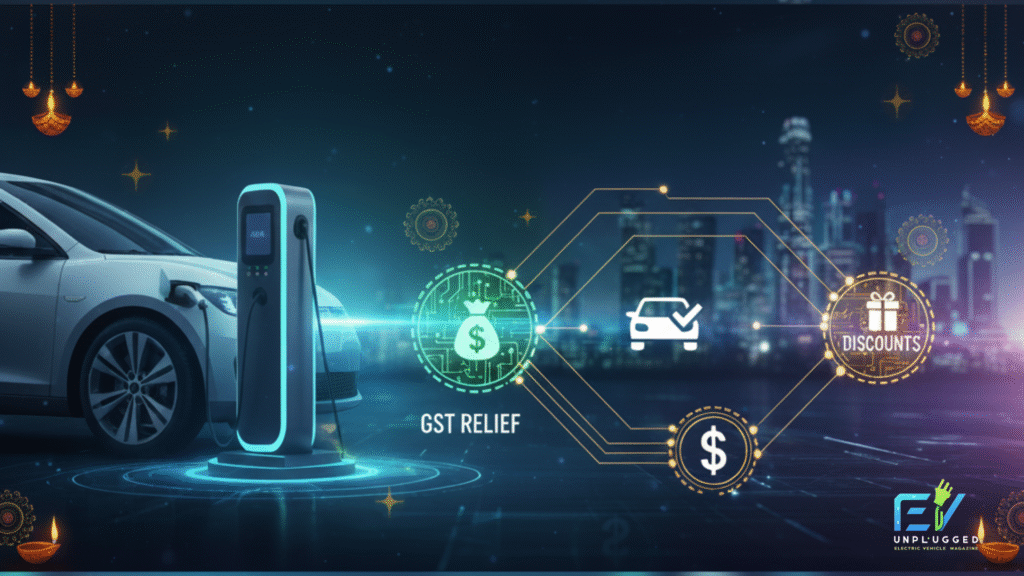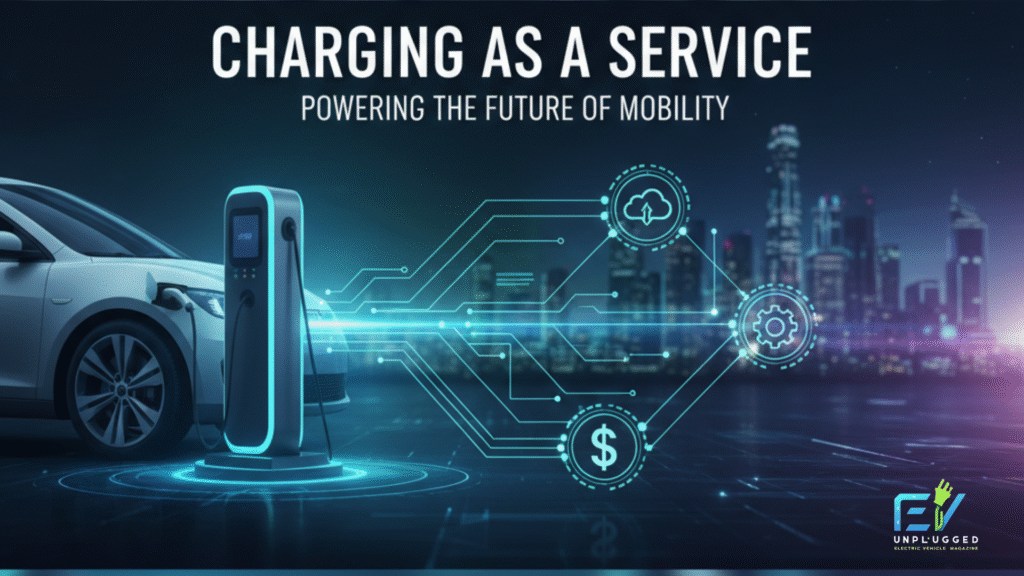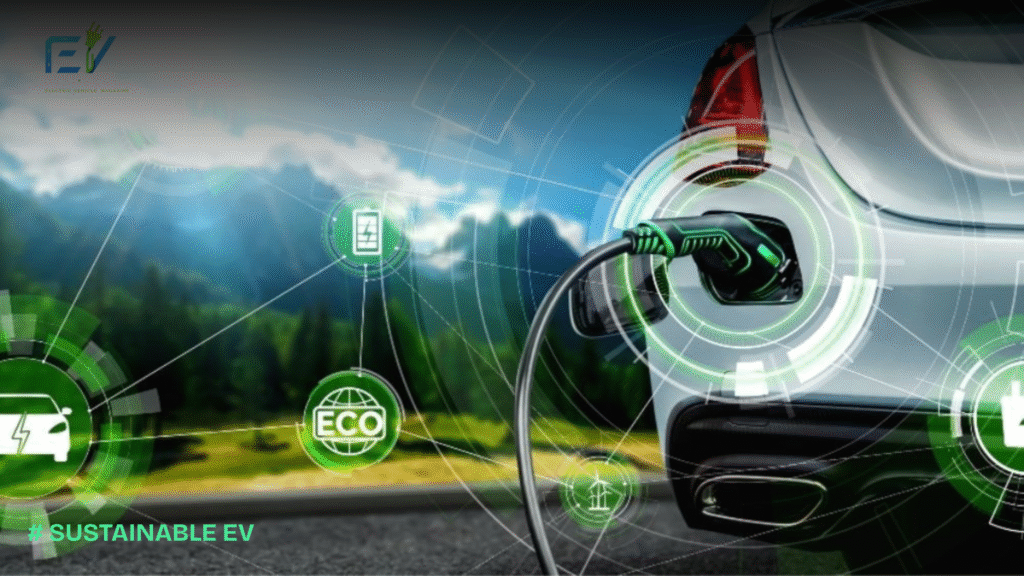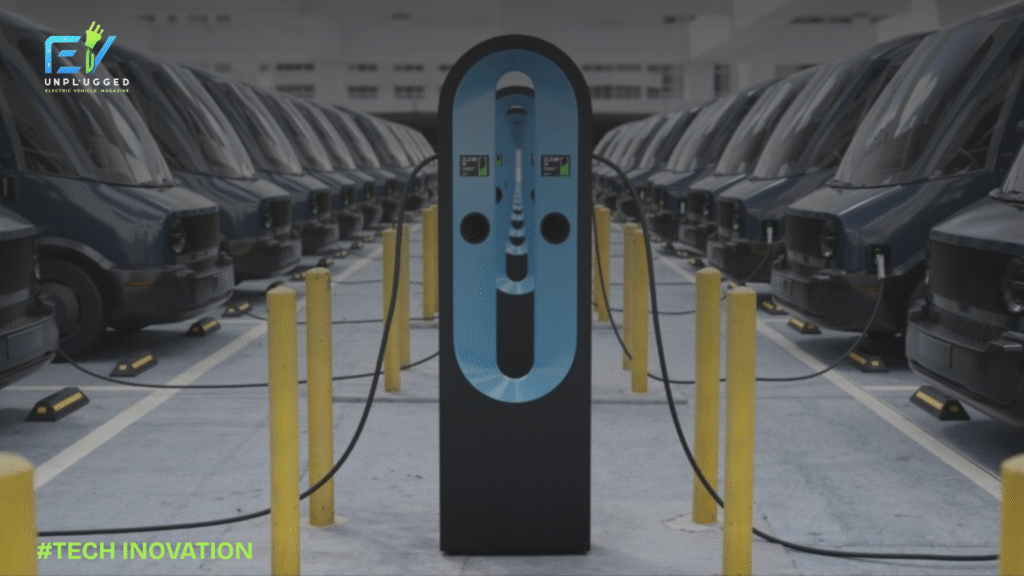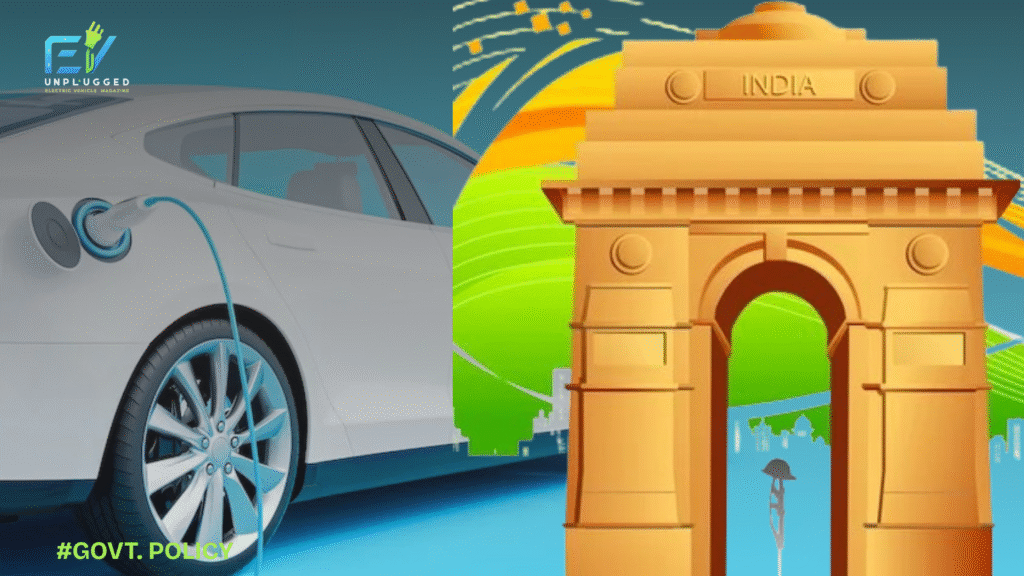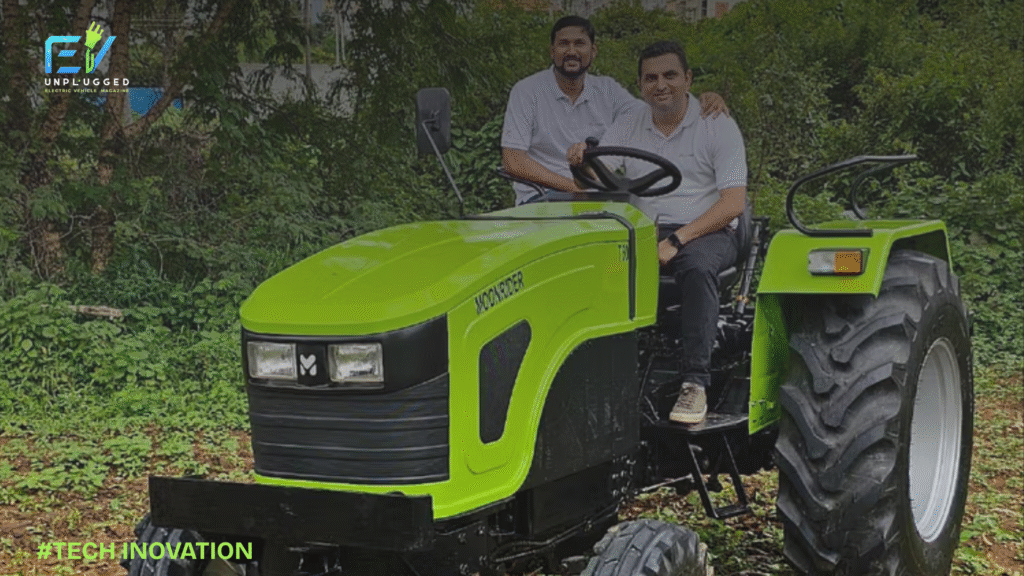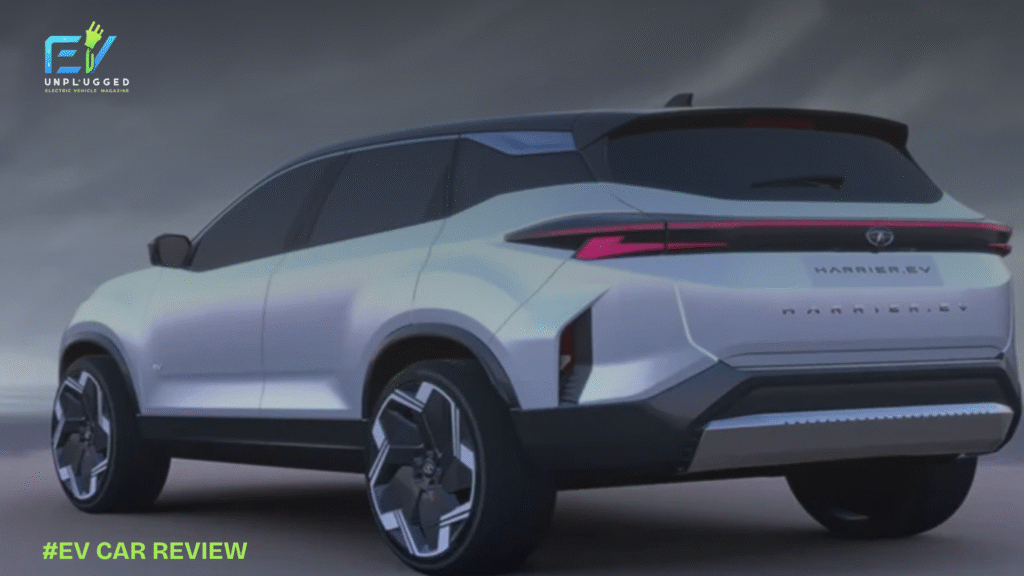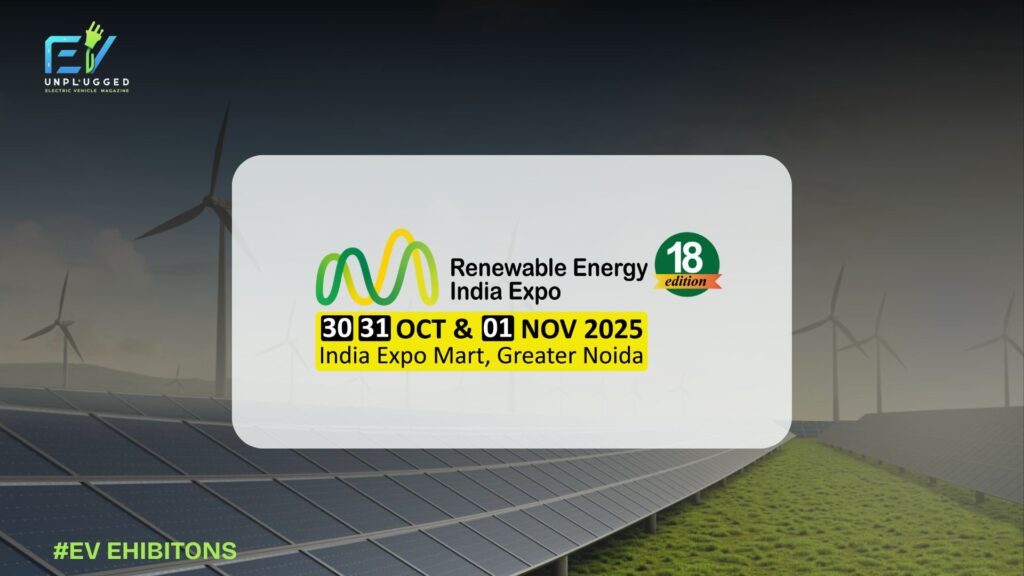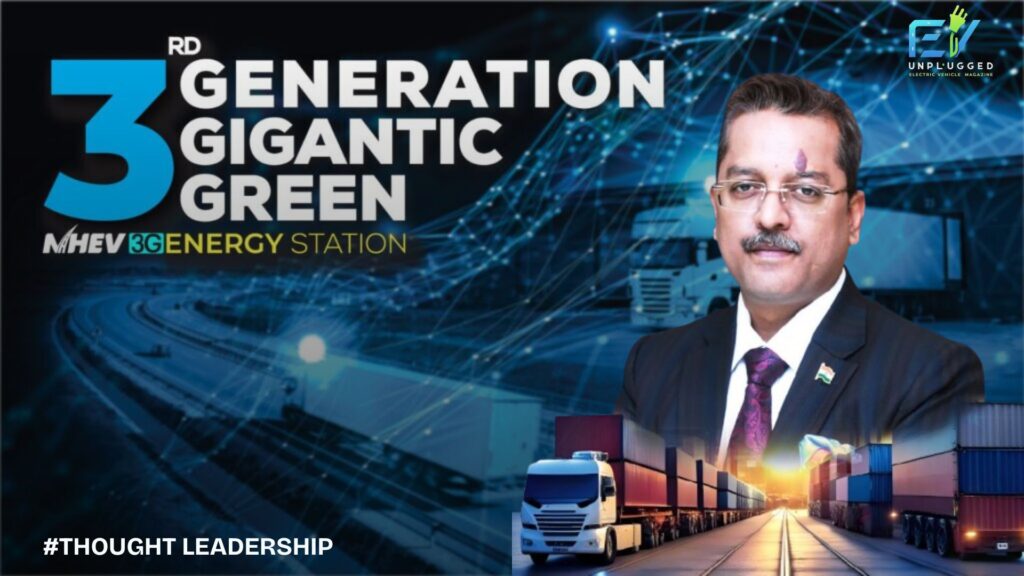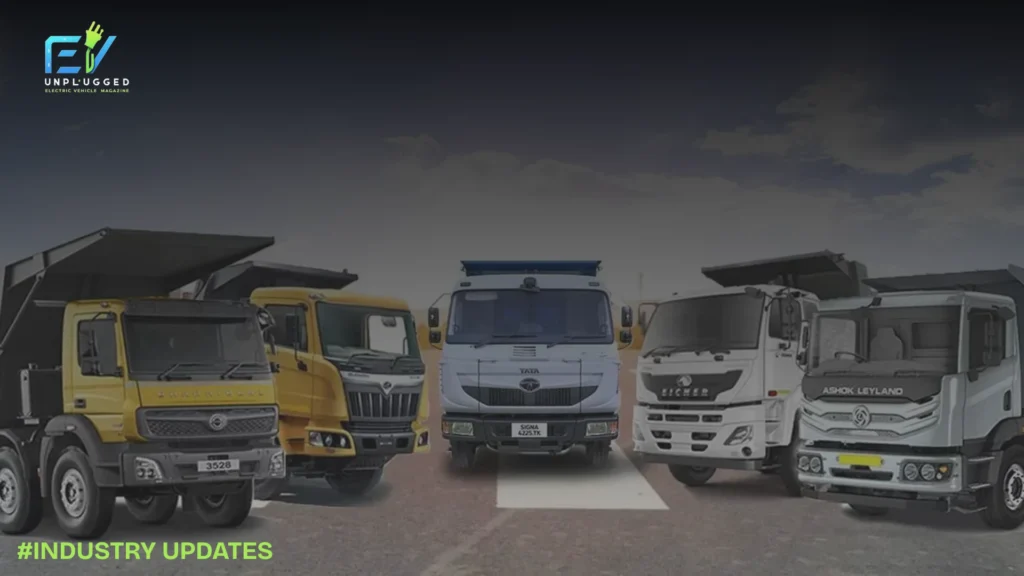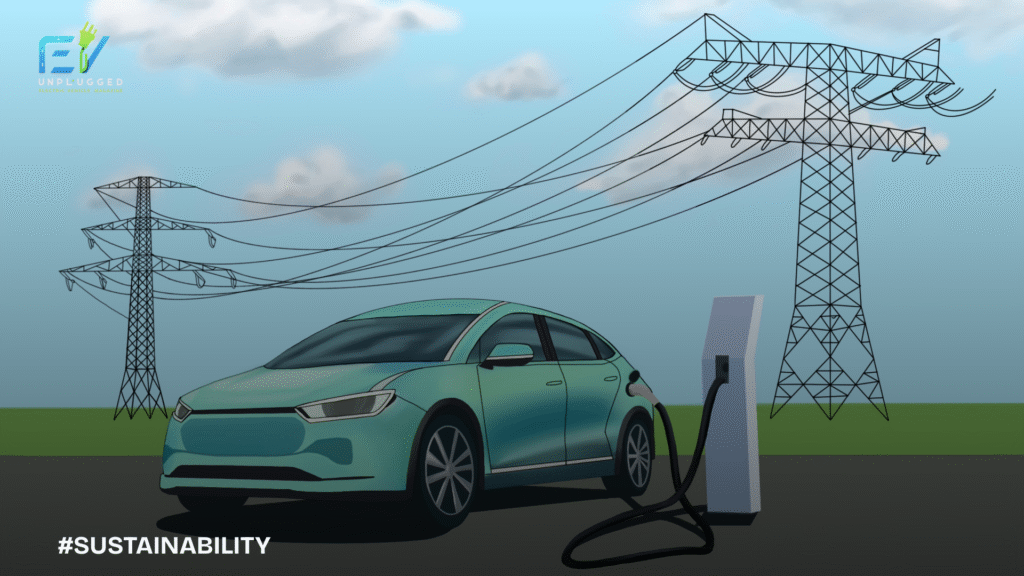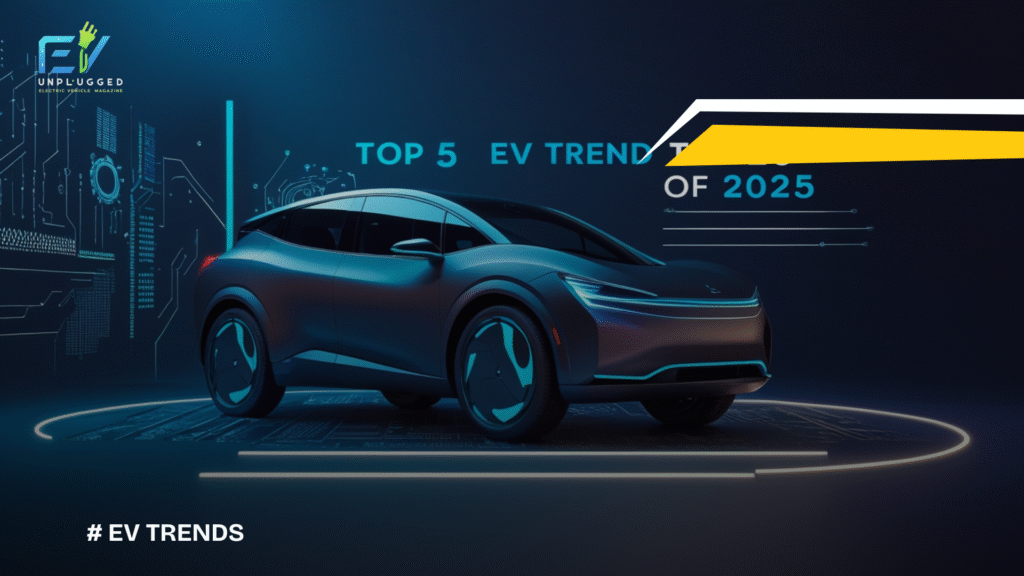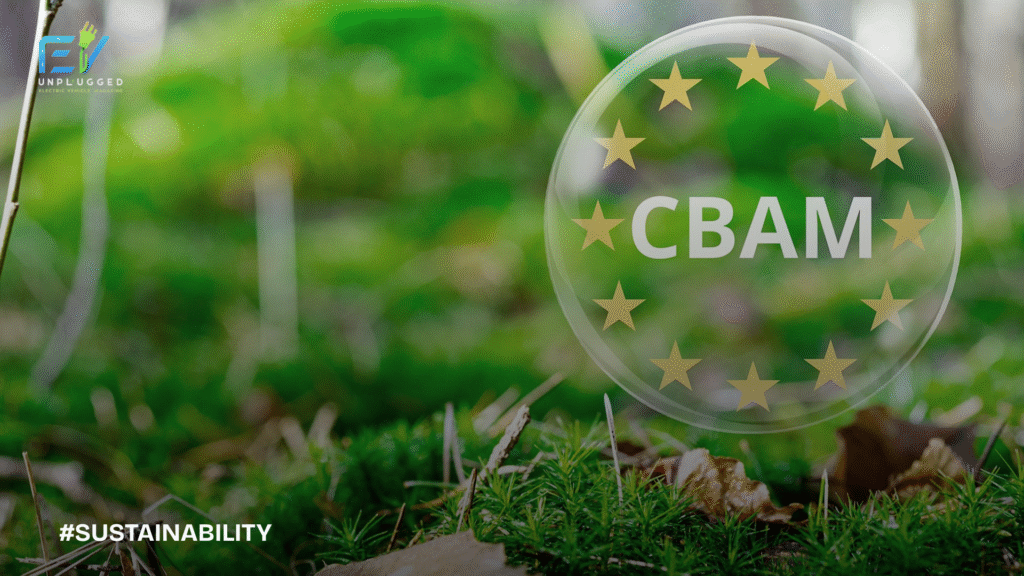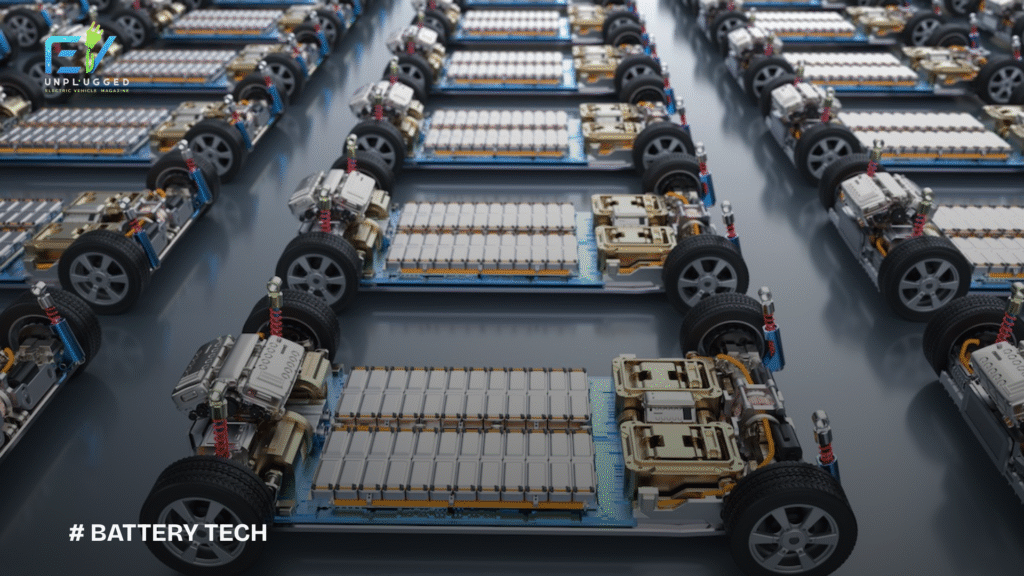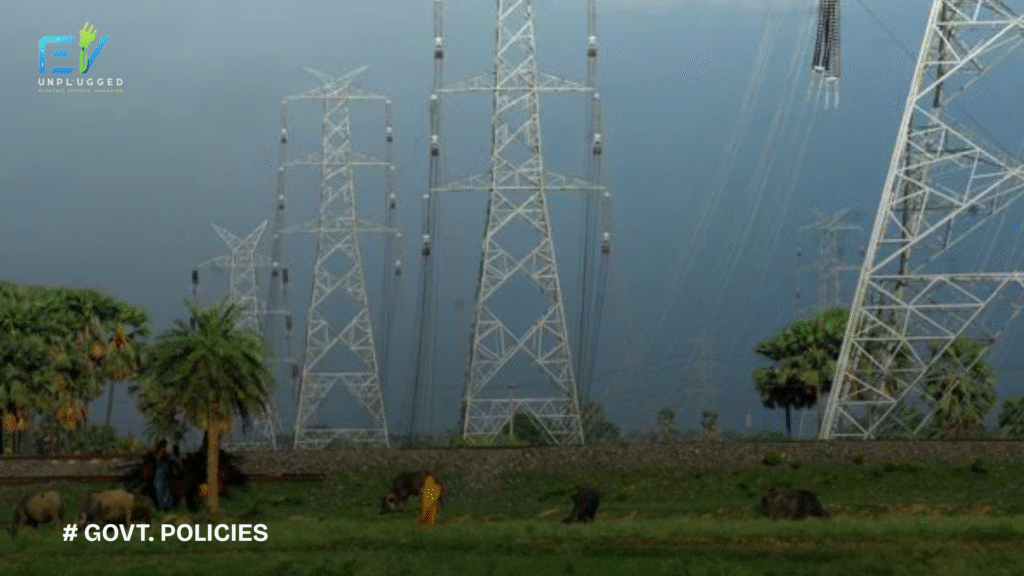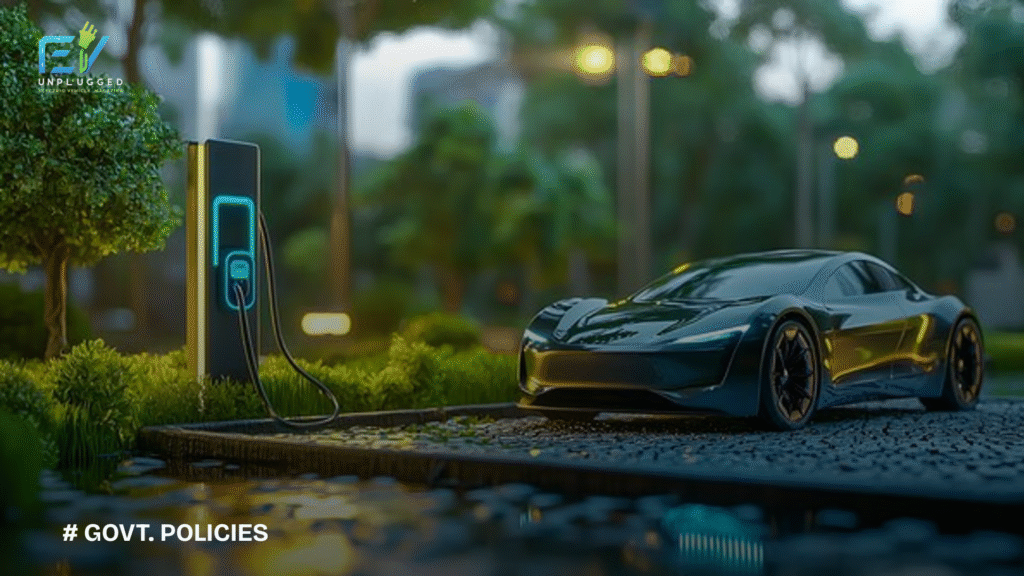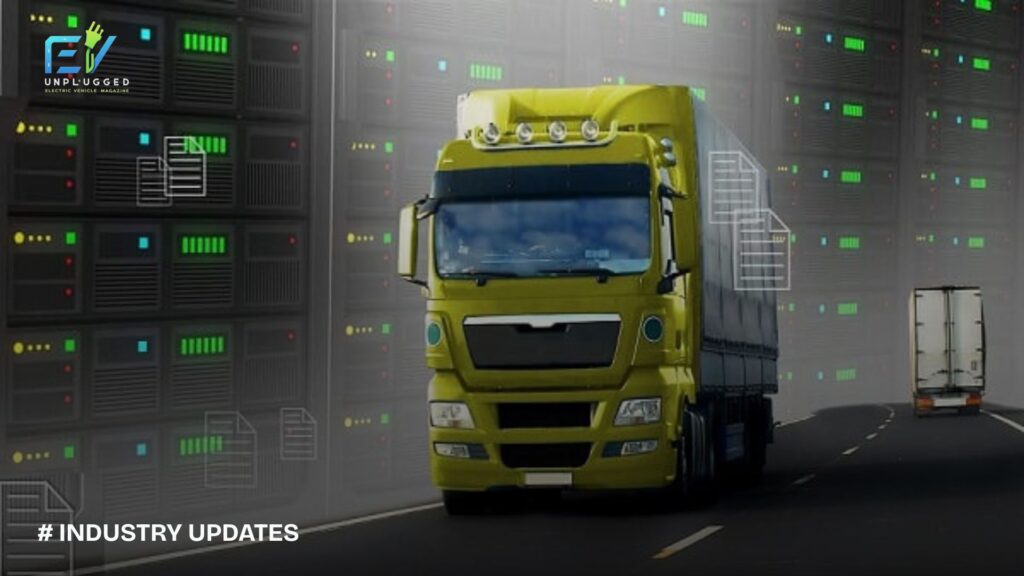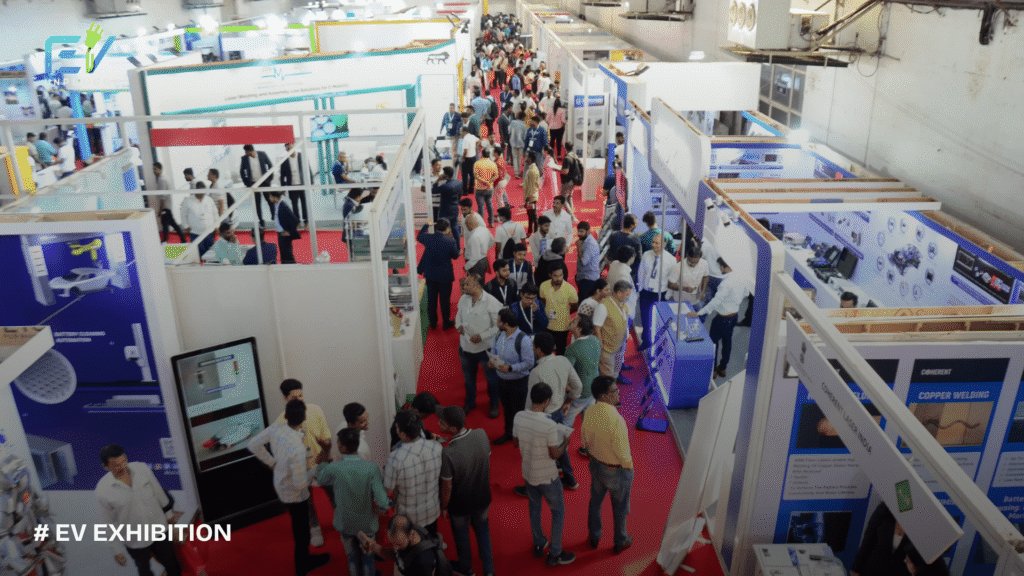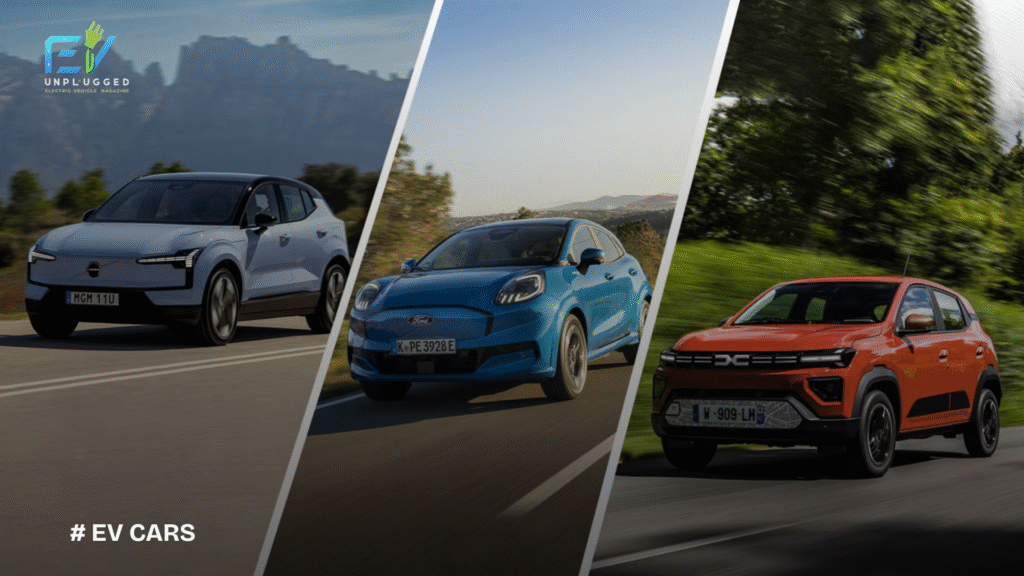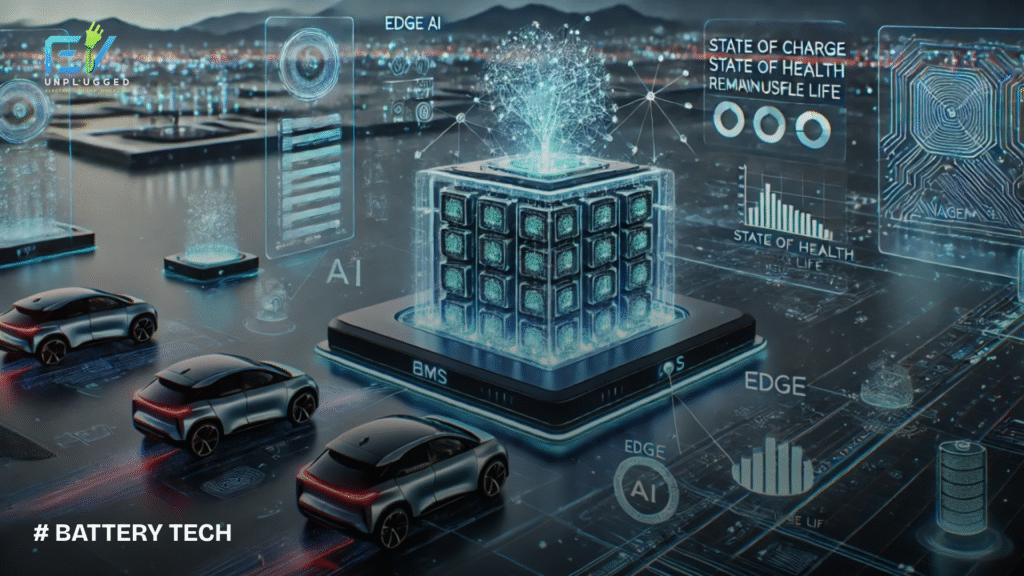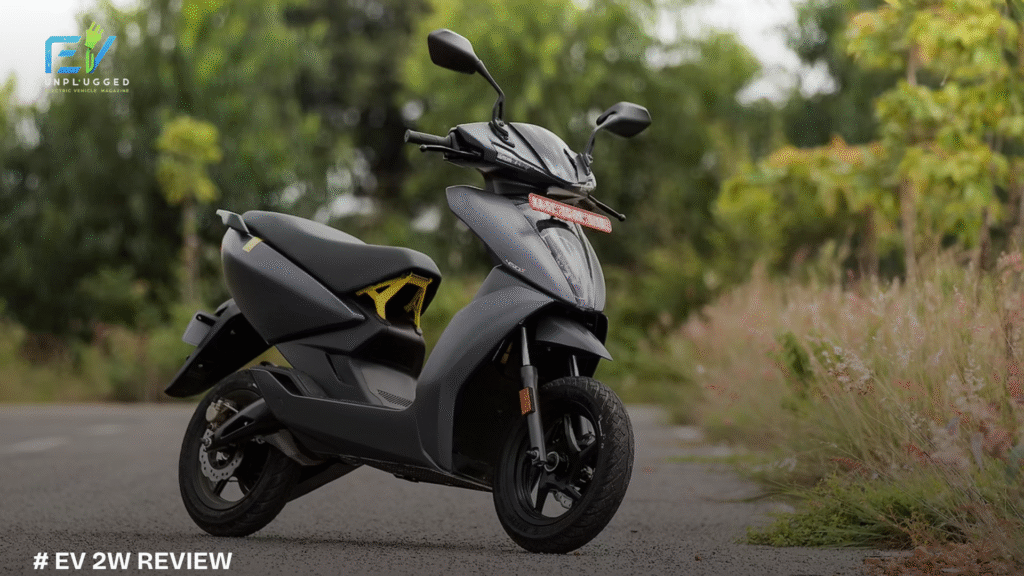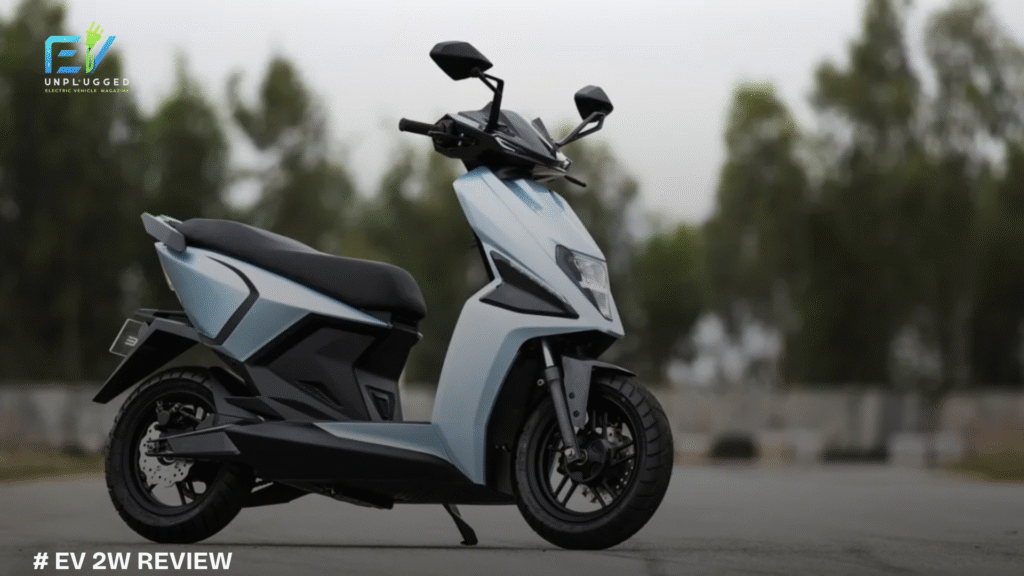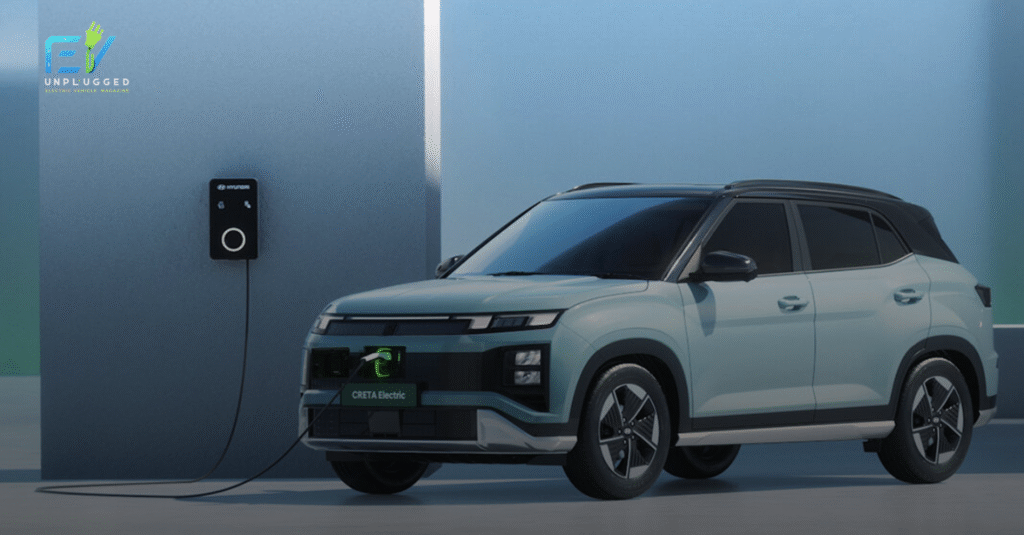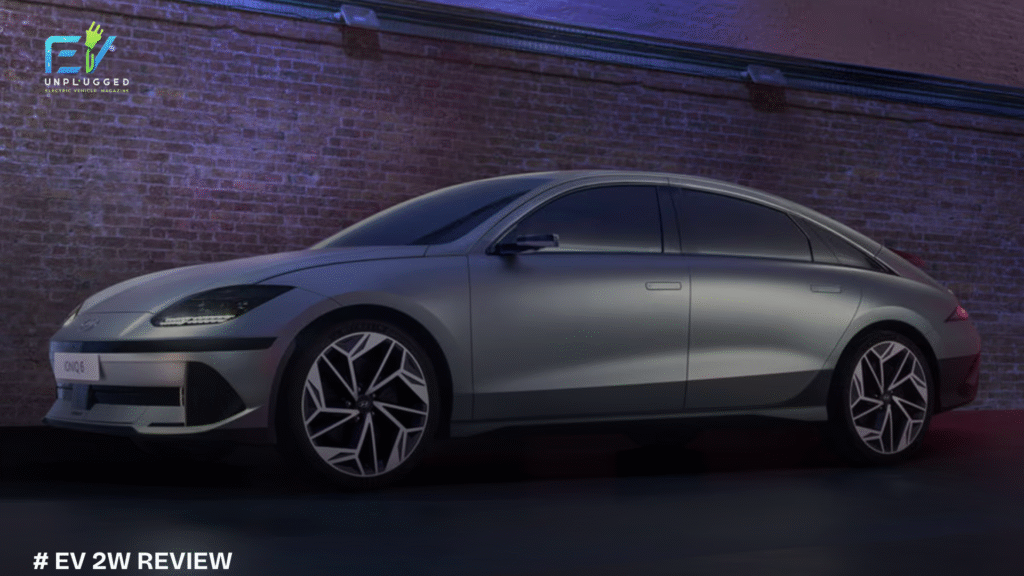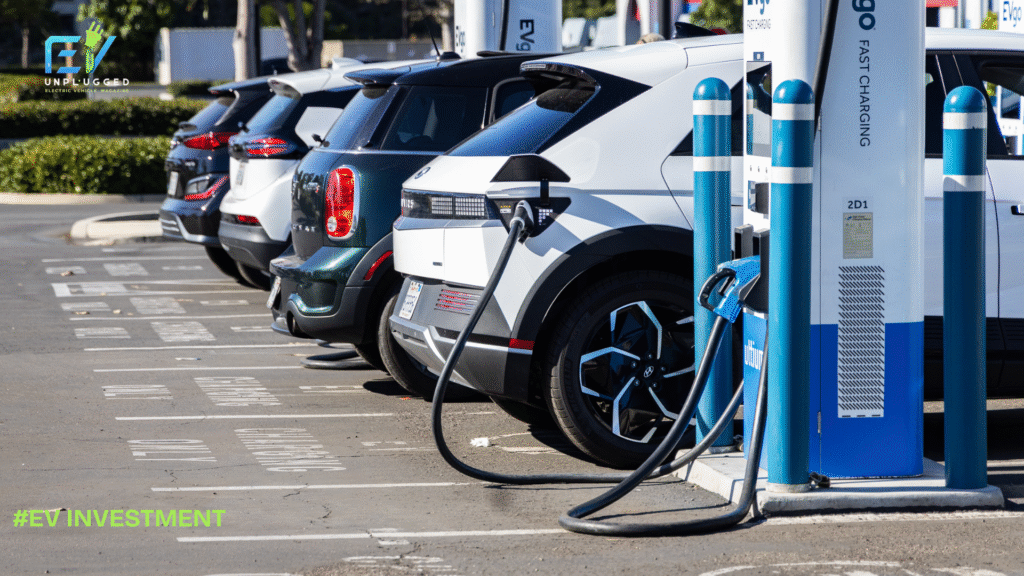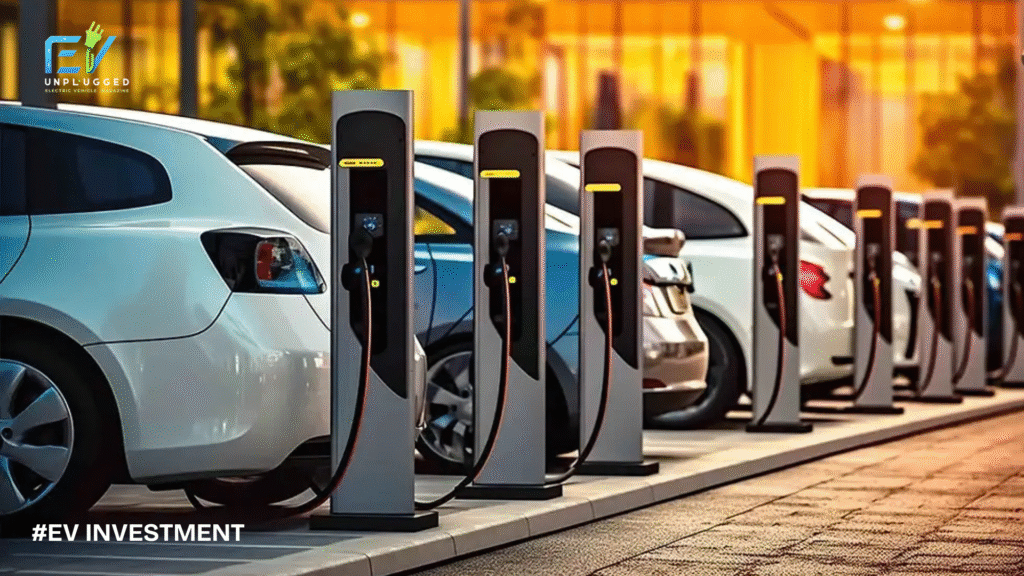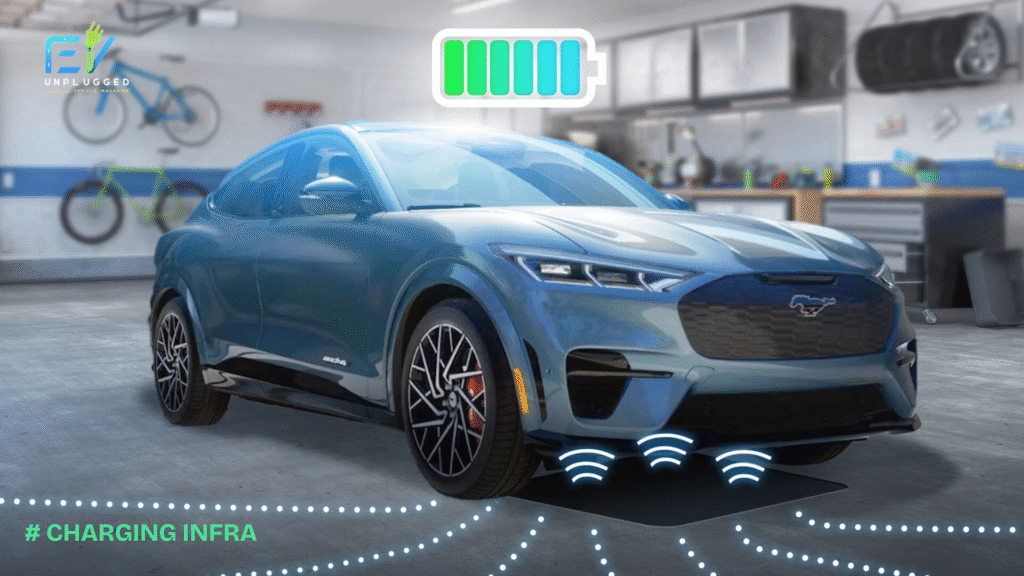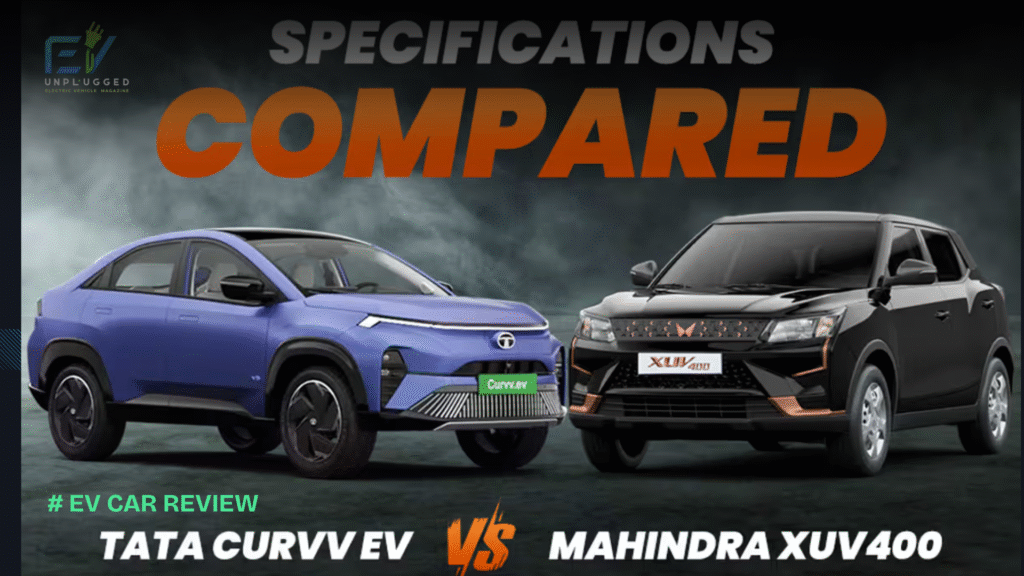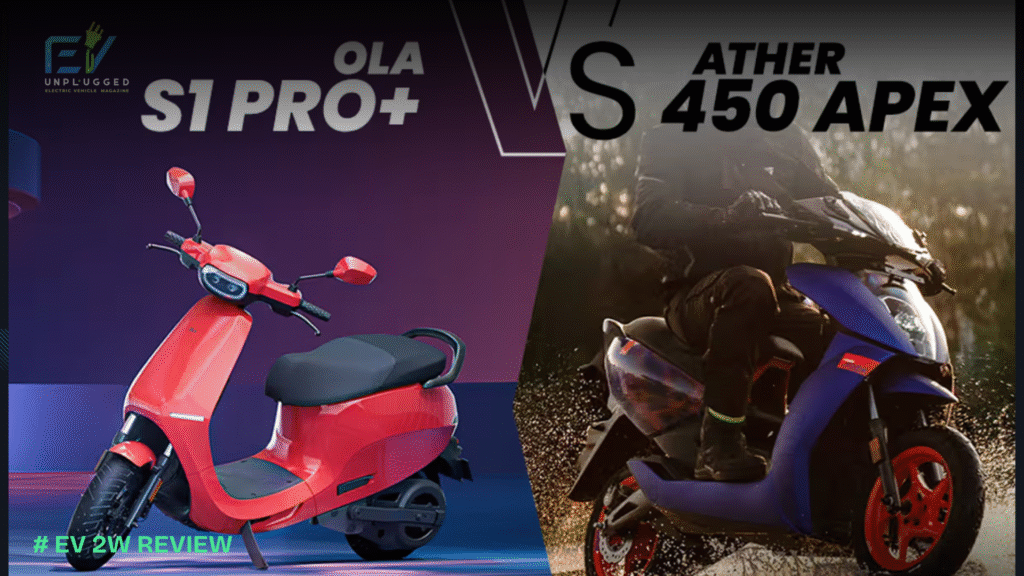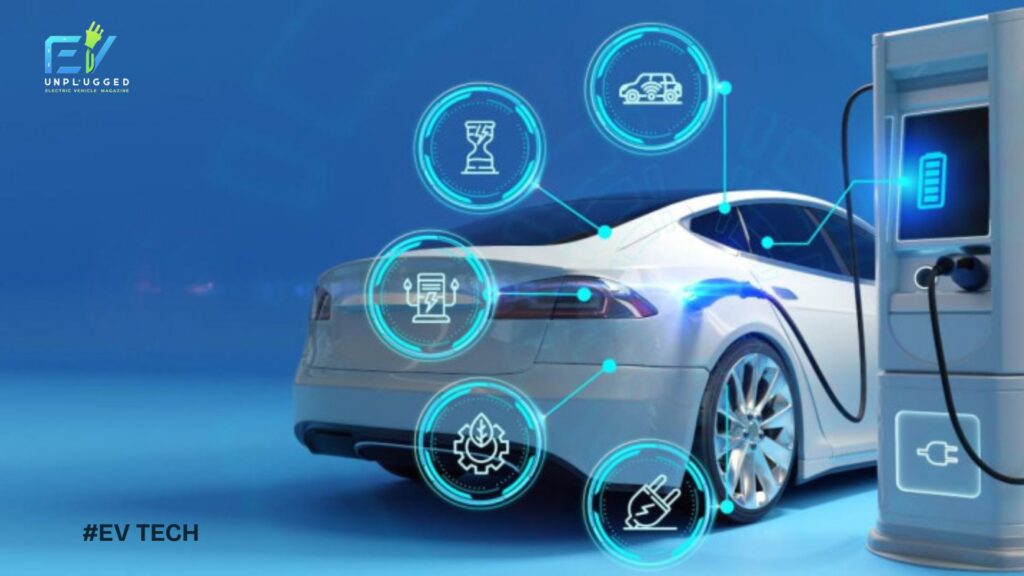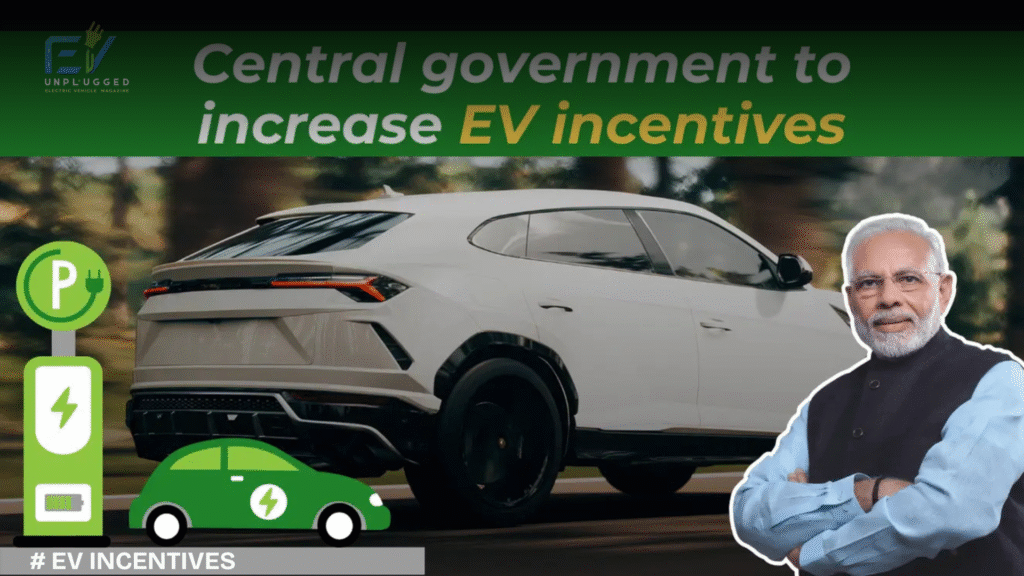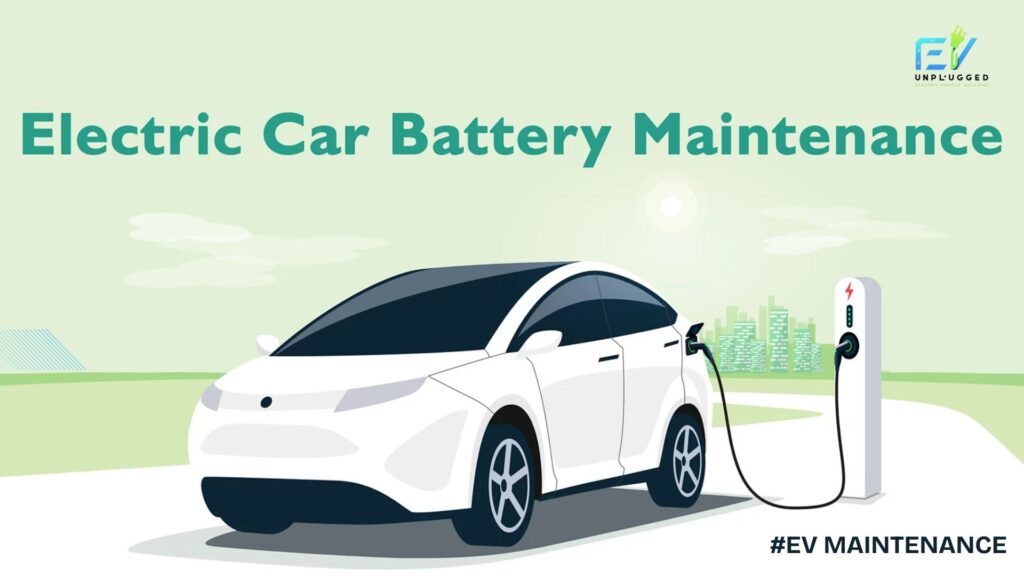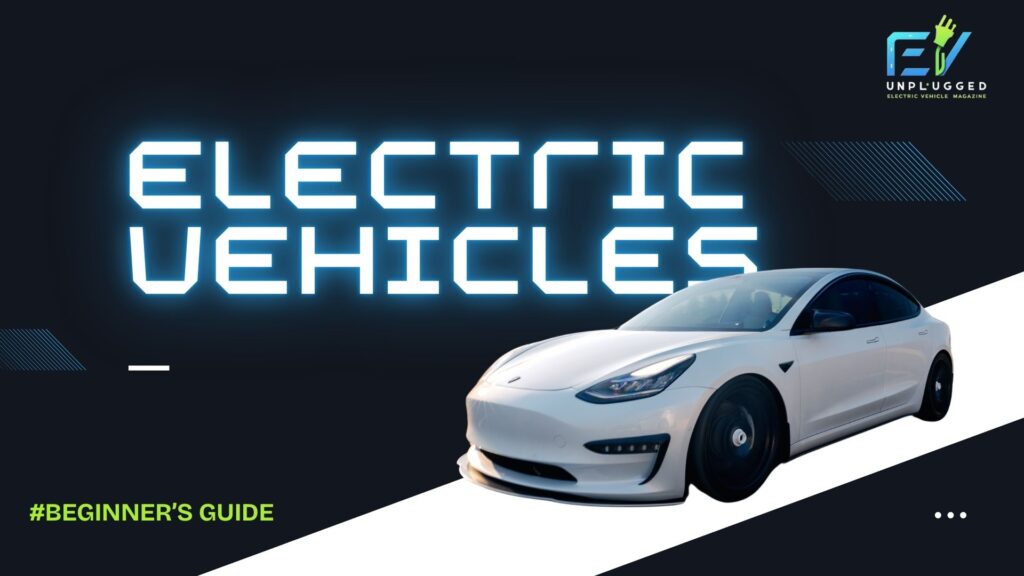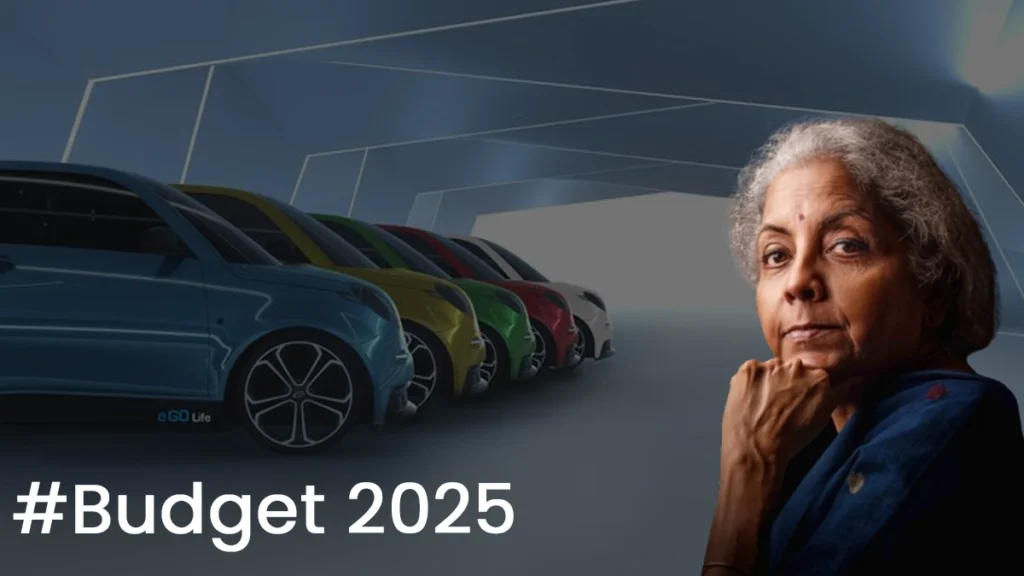How EVs Are Powering Rural India’s Sustainable Farming Revolution
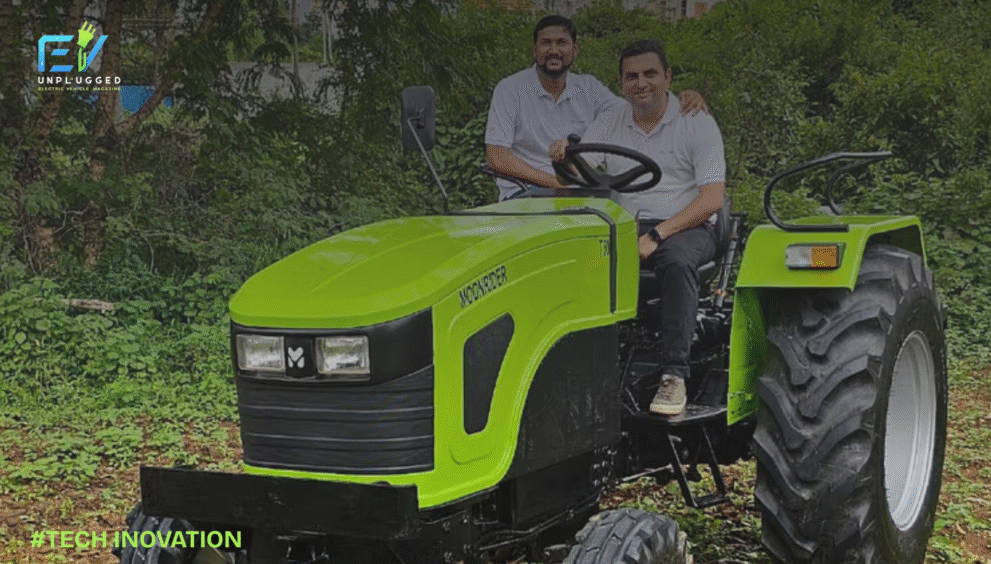
In India’s fast-evolving electric vehicle (EV) ecosystem, the conversation is often dominated by urban e-mobility—electric cars, two-wheelers, and city charging infrastructure. But a quiet revolution is now brewing far away from metro streets—in the heartlands of rural India—where EVs are beginning to transform agriculture and livelihood mobility.
One of the frontrunners in this movement is Moonrider, a Bengaluru-based startup developing next-generation electric tractors tailored for the needs of India’s rural farmers.
Why EV Tractors Matter in Rural India ?
For decades, Indian agriculture has relied on diesel-powered tractors and tillers that are costly to operate, polluting, and mechanically complex to maintain. In contrast, electric tractors offer a cleaner, cheaper, and smarter solution.
Moonrider’s EV tractors are designed specifically for small and marginal farmers, who make up more than 80% of India’s agrarian population. These tractors can be charged using solar-powered stations, come with swappable battery technology, and perform essential farming tasks like ploughing, irrigation setup, and produce hauling.
Performance & Benefits
Early field trials in Karnataka and Tamil Nadu have shown:
- ✅ Up to 40% reduction in fuel costs
- ✅ Whisper-quiet operations, reducing noise pollution
- ✅ Zero tailpipe emissions, improving rural air quality
- ✅ Minimal maintenance compared to diesel alternatives
- ✅ Empowerment of women and youth with easy-to-operate technology
Solar Charging = Rural Resilience
Many Indian villages still suffer from intermittent grid access. Moonrider addresses this challenge with off-grid solar charging setups, enabling uninterrupted EV use even in the most remote areas. This not only supports daily farming but aligns perfectly with India’s push for renewable energy adoption in agriculture.
The Road Ahead: Rural India as the Next EV Frontier
Government schemes like the PM-KUSUM (for solar pumps) and Faster Adoption and Manufacturing of Hybrid and Electric Vehicles (FAME India) are opening up funding and incentives for clean energy-based farming solutions. As more startups, innovators, and policy-makers focus on rural mobility, we are likely to see EV adoption surge in India’s villages over the next decade.
This shift isn’t just about replacing fuel—it’s about rethinking how rural India moves, grows, and thrives. With electric vehicles in rural India becoming more affordable and accessible, we are witnessing the beginning of a clean, inclusive agricultural economy.
Key Takeaways
- Electric tractors are enabling cost-effective, eco-friendly farming.
- Rural EV adoption aligns with India’s net-zero goals and agricultural resilience.
- Startups like Moonrider are leading the charge with localized, solar-integrated EV solutions.
- Government support and policy alignment are critical to scale rural EV infrastructure.
Final Thoughts
The electrification of rural mobility—especially in agriculture—is no longer a distant dream. It’s a present-day opportunity that could define India’s clean energy future. As EVs power rural India, they are not only cutting emissions but also powering self-reliance, sustainability, and prosperity at the grassroots level.

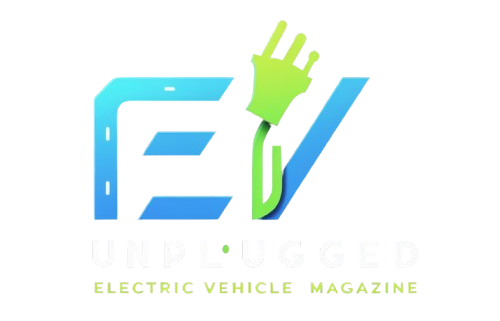
 English
English 